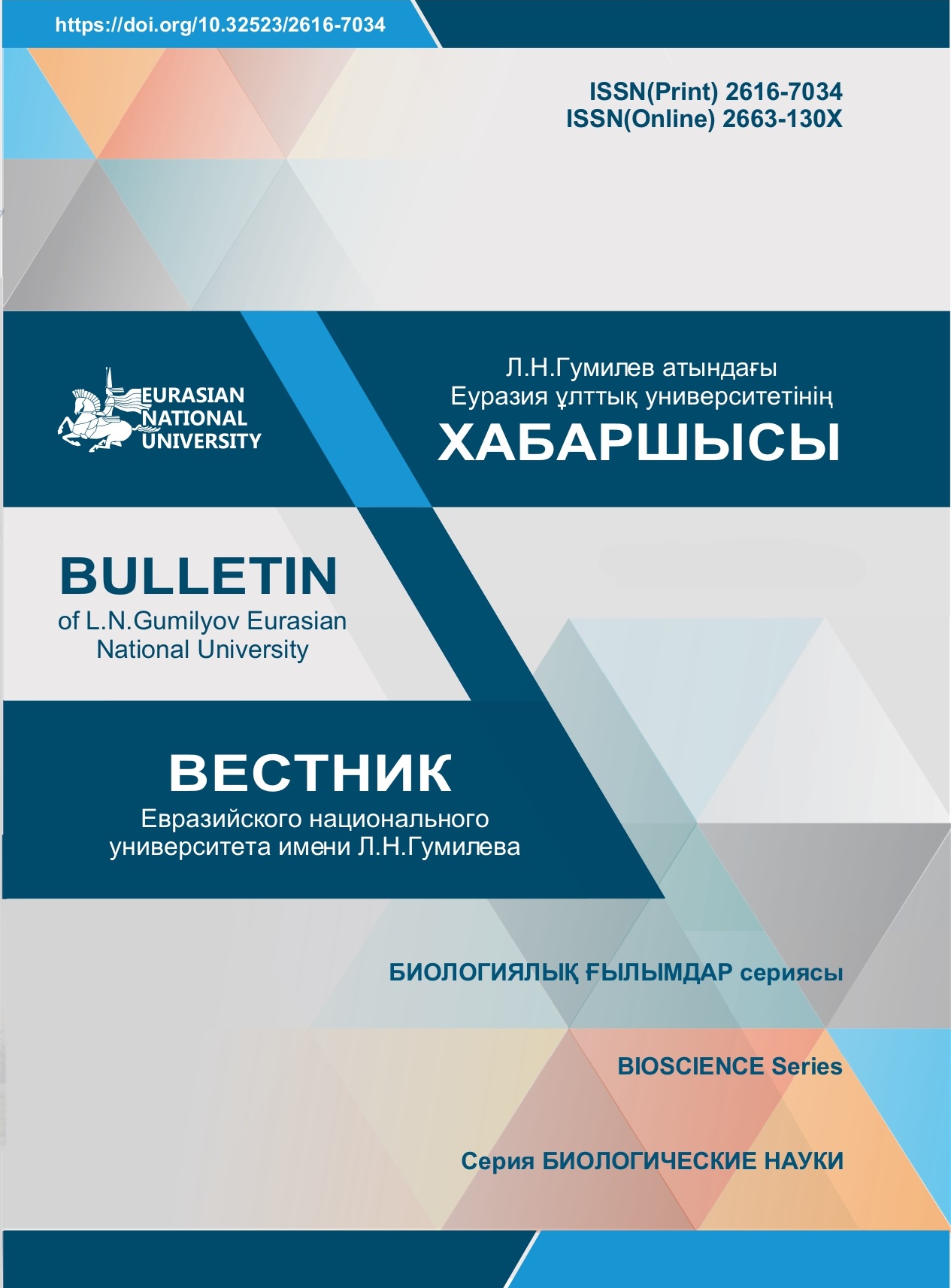The use of the method of models in the study of the population of microorganisms
Views: 185 / PDF downloads: 173
Keywords:
population of microorganisms, mathematical and computer models, Malthus law, Verhulst and Mono equations, Mathcad package, logistics model, producer - consultation systemAbstract
The article is devoted to the problem of studying the populations of microorganisms using mathematical and computer models. Several mathematical models are constructed based on the laws of biological kinetics. Computer experiments are carried out using these models. The population of Escherichia coli (Escherichia coli) was studied on the basis of the Malthus law and the Verhulst and Mono equations. These laws describe the phenomenon of changes in biomass depending on changes in certain parameters. Graphical solutions of differential equations were found using the Mathcad package.
Under laboratory conditions, the correspondence of mathematical models of microbial populations with the data of the natural population was checked. Inside the reservoir, a "producer - consult" system was installed using chlorella (percudent) and paramecia (consult). The researchers used the Tamiya medium to produce chlorella (a type of algae). For the cultivation of paramecia, the Lozin-Lozinsky medium was used. To determine the amount of algae in the aquatic environment, the Goryaev chamber was used. The Bogorov camera was used to determine the number of bacteria.
The results of the experiments confirm the numerical solutions of the equations that characterize the population of microorganisms. This factor proves that the mathematical model of the population clearly describes the dynamics of changes in the number of microorganisms.








